We used to take a lot of things for granted about how the world works before taking up the nautical lifestyle we’re now living. Buying an iPad, filling up the car with gasoline, or switching on an air conditioner are examples of things we might have done without thinking too deeply about what made them possible. We just do these things knowing that a few dollars will be gone from our bank account, and if we can keep the dollars flowing, so too will the iPads, petrol, and cold air. But that’s a simplistic and ignorant way of thinking about commerce, and things are really much more complicated than that. The reality is that we (westerners) mostly occupy a position at the very endpoint (the consumption end) of a long and complex commercial chain. Resources are first mined or harvested from the ground, then made into consumable products, packaged and shipped half way around the globe, and delivered to us for automatic and almost mindless consumption. Our experiences at sea frequently reveal this more complicated reality, we peek behind the curtain and see how the world really works, and again realize the narrowness of our own ways of thinking about the world.
Since leaving Borneo almost a week ago, we’ve spent most of our time at sea, moving a fairly large distance across the Java Sea, then across the southern part of the South China Sea. Yesterday we cleared out of Indonesia and made our way around the tiny island country of Singapore on our way to Malaysia’s port of entry, which sits just across the narrow channel separating Singapore from Malaysia. This 10 hour hop took us through perhaps the most heavily trafficked commercial shipping lanes in the world. As we crossed shipping lanes and rounded the Port of Singapore, dodging every imaginable type of commercial ship, we felt a bit like a baby chicken crossing a busy interstate freeway. And as the countless ships passed by, each one broadcast its own interesting story, quite clearly visible by its shape, features, flag and labels. Oil tankers, car haulers, cargo ships, natural gas tankers, and earth movers all went about their routine business, each carrying out a vital role in making the world work the way it does… too far up the commercial chain for us to ever bother thinking about until now.
The rest of the crossing here from Borneo was largely uneventful, which is exactly what we’re always hoping for in any of our sailing passages. We’re arriving here in the southwest monsoon season, so we’ve been getting a fair dose of foul weather as we move further north, but nothing we haven’t seen before, and so far none of the nasty 60 knot “Sumatra” squalls that this region is known for. From here on Malaysia’s southern tip it’s an easy drive across the causeway into Singapore, and the public transit system there is supposedly some of the world’s best. So so we won’t miss the opportunity to pause here for a few days of exploring Singapore before making our way up the Malacca Straits and diving into Malaysia.
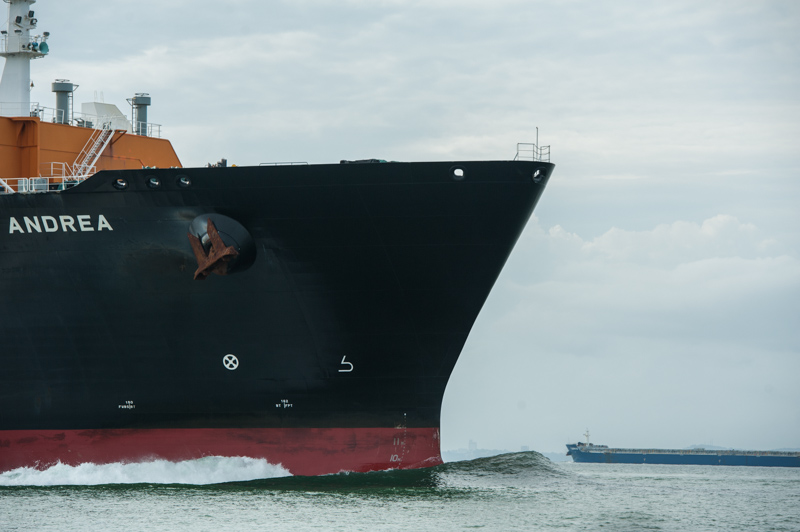
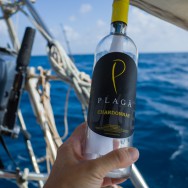
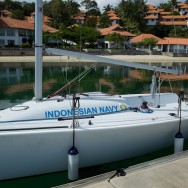
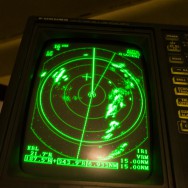
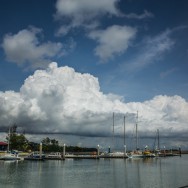
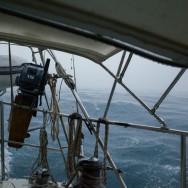
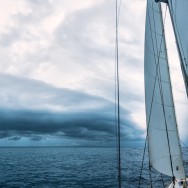
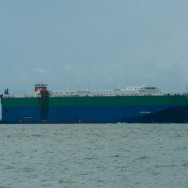
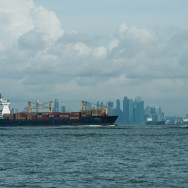
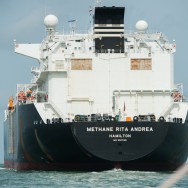
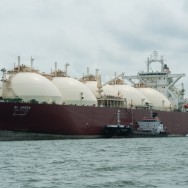
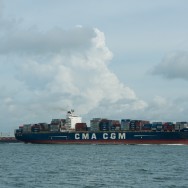
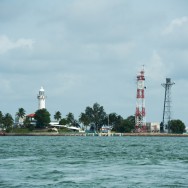
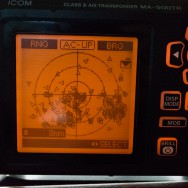
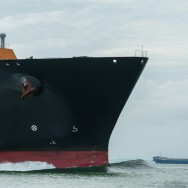
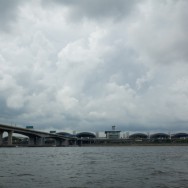
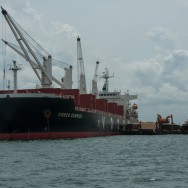
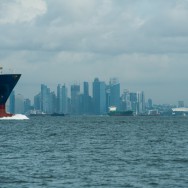
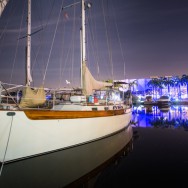
WOW – what an education!
all totally mind boggling
thank you again for opening our eyes
Good to see your alive and kicking and making progress towards the end of your journey
Had a 24 hour visit by your Mum and Dad – pleased to see that they’re wearing well – Dad’s hip replacement seems to be working well and Mum looks as young as ever
Keep well and enjoy your time that’s left on this epic voyage
Norman and Jane here at the end of Summer in the UK
Have to apologise for my spelling/typing error – first “your” should read you’re – need to be correct otherwise you may think we’re an uneducated bunch in the UK!!!!!!!!
As kids you got good practice on the Dodge Em cars at the Santa Monica Pier….and now, just a small difference, it’s tankers!
Keep up your awesome skills
Xx